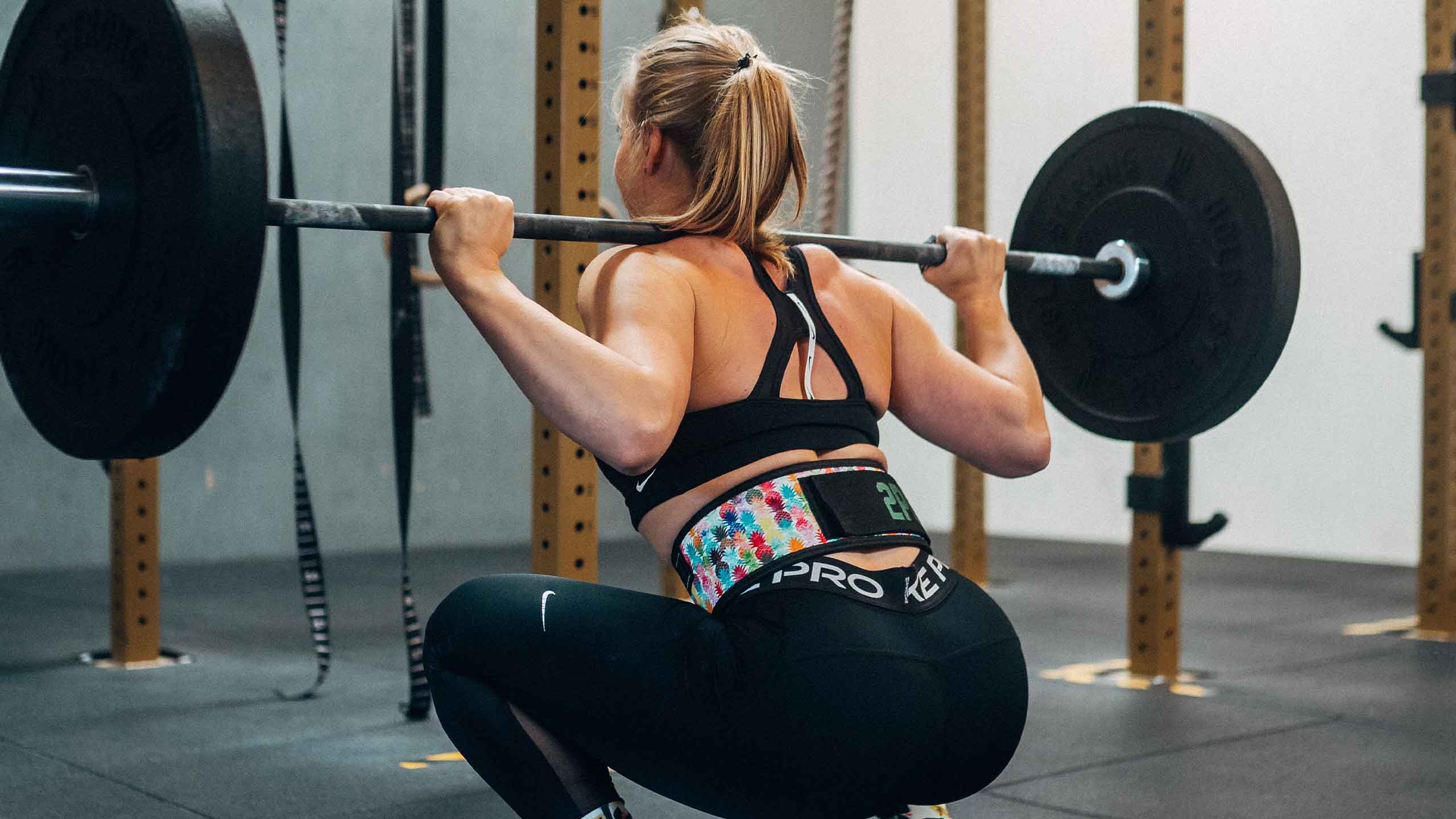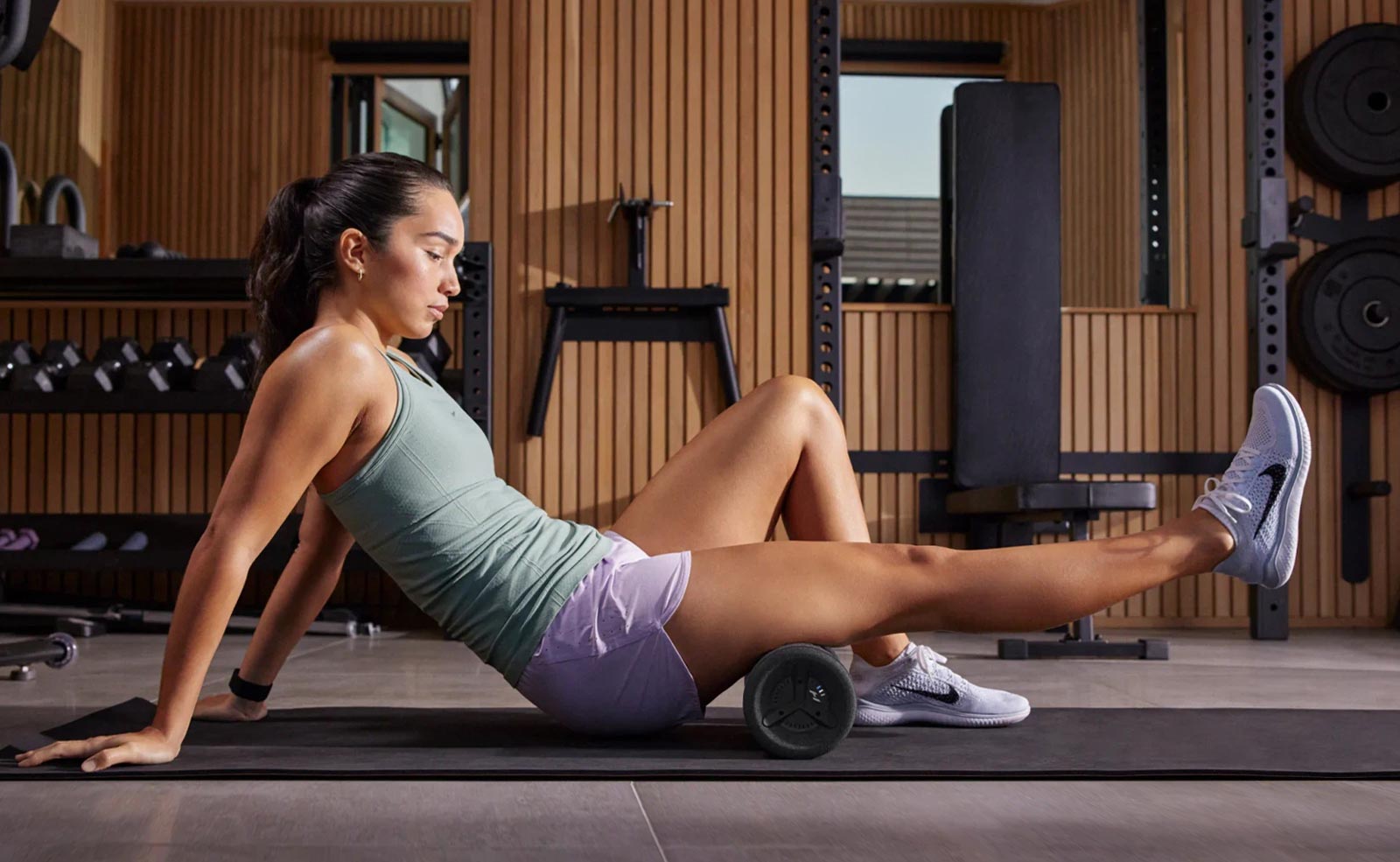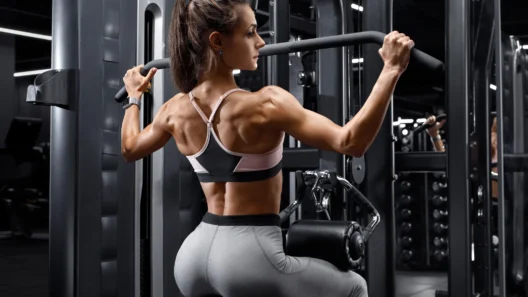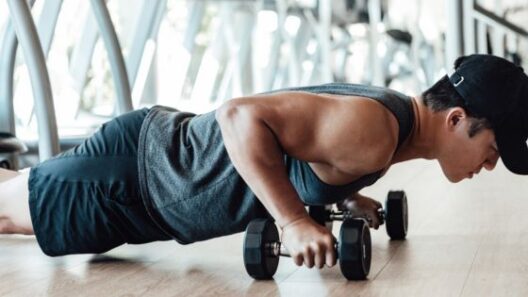Weightlifting belts are crucial tools for anyone looking to lift heavy weights safely and effectively. These belts provide essential support and stability during intense workouts, helping to protect your back and enhance your performance. Whether you are a beginner or an experienced lifter, understanding how to choose and use a weightlifting belt can make a significant difference in your training.
Choosing the right weightlifting belt involves considering the type that best suits your needs. Different belts offer various features, such as material, thickness, and closure systems, which all play a role in how comfortable and effective the belt will be during your lifts. By selecting the proper belt, you can maximize your support and improve your overall lifting experience.
Using a weightlifting belt correctly is just as important as having one. Proper technique can enhance your performance while ensuring safety during heavy lifts. With the right knowledge, you can elevate your training and reduce the risk of injury.
Key Takeaways
- Weightlifting belts enhance support and stability for heavy lifts.
- Selecting the right belt is essential for comfort and performance.
- Proper use of lifting belts can reduce the risk of injury during training.
Understanding Weightlifting Belts and Their Importance
Weightlifting belts play a critical role in improving your lifting experience. They enhance your technique, increase intra-abdominal pressure, and contribute to safety. Understanding these factors can help you maximize your performance.
Role in Enhancing Lifting Technique
Using a weightlifting belt can significantly improve your lifting technique. The belt provides a stable surface that helps you maintain proper posture. This is especially important during heavy lifts.
When you wear a belt, it encourages proper spinal alignment. This alignment minimizes the risk of bending or rounding your back, which can lead to injuries. A secured core allows you to lift heavier weights more effectively.
Many lifters find that the added support from a belt boosts their confidence. You may feel more secure and focused, allowing you to concentrate on form. This focus can lead to better overall performance.
Improvement of Intra-Abdominal Pressure
Lifting belts help increase intra-abdominal pressure (IAP), which provides better support for your spine. When you brace your core, the belt enhances the pressure inside your abdomen. This pressure acts like a natural support system for your back.
Studies show that using a belt can lead to up to a 40% increase in IAP. This additional support helps stabilize your torso during heavy lifts. With better stability, you can lift more effectively and safely.
Enhanced IAP also reduces the strain on your spine. This is beneficial during exercises like squats and deadlifts. A belt allows you to maximize your lifting performance while minimizing the risk of injury.
Contribution to Safety and Injury Prevention
Safety is a top priority in weightlifting, and wearing a belt can improve your safety measures. Belts help reduce the risk of injury by providing support to your lower back during heavy lifts. This support is especially crucial when challenging your maximum capacity.
The added stability from a belt can help prevent common injuries, such as strains or sprains. It also encourages better lifting habits. Knowing you have that extra support may even motivate you to push yourself further.
Incorporating a weightlifting belt is not just about lifting heavier. It is about lifting smart. By prioritizing safety and injury prevention, you can maintain a consistent and effective training regimen.
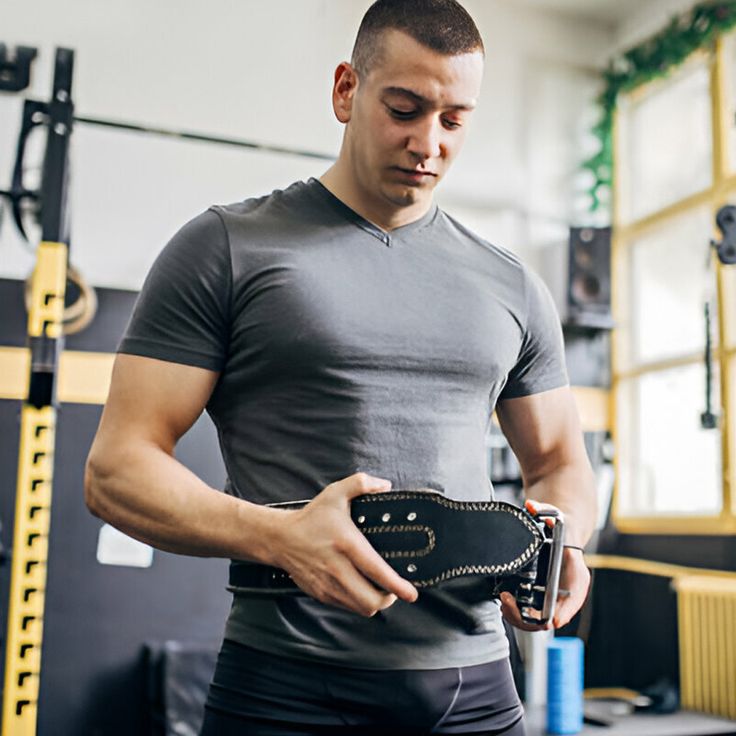

Types of Weightlifting Belts and Specific Features
When choosing a weightlifting belt, you’ll find various types and features that can significantly impact your lifting experience. The materials and closure systems play a vital role in how well the belt supports you during heavy lifts.
Leather Belts Versus Nylon Belts
Leather belts are known for their durability and support. They offer a rigid structure that enhances stability during heavy lifts. Leather belts require some time to break in but provide excellent long-term performance.
In contrast, nylon belts are generally lighter and more flexible. They can be easier to adjust and tend to fit a wider range of body types. Nylon belts may not provide the same level of rigidity as leather, but they are often more comfortable for some lifters, especially during movements that require additional mobility.
Buckle, Lever, and Velcro Closure Systems
The closure system on your weightlifting belt is essential for both comfort and effectiveness. A buckle closure features a traditional prong system that gives you a secure fit. This type is favored for its reliability during heavy lifts.
Lever belts allow for quick adjustments and ensure a tight fit with minimal hassle. This can be particularly helpful when changing weights frequently.
Velcro belts are easy to adjust and can be tightened or loosened rapidly. While they offer convenience, it’s important to ensure they are securely fastened to avoid slippage during your workout.
Evaluating Durability and Construction
When assessing durability and construction, consider the materials used in the belt. Leather belts often last for years when properly maintained. Look for well-stitched seams to ensure longevity.
For nylon belts, check the quality of the stitching and fabric. Higher denier nylon is typically more durable. It’s also wise to review the closure mechanism, as a sturdy self-locking buckle or reinforced Velcro can enhance the overall lifespan of the belt.
Prioritizing quality in your weightlifting belt ensures you get the support and stability you need during your training sessions.
Selecting the Right Belt for Your Training Needs
Choosing the right weightlifting belt can significantly impact your performance and safety during lifts. Consider the variety of factors like width, adjustability, and the specific lifts you perform to ensure you select a belt that fits your training style.
Weights, Sizes, and Adjustability
When selecting a belt, consider your body size and lifting weights. A standard width is usually 4 inches, providing good support for most lifters. For those lifting heavier weights, a thicker belt (around 10mm) is often recommended for its stiffness.
Adjustability is crucial, especially if you train with varying clothes or body weights. Choose a belt with a reliable closure system, such as a lever or buckle. A quick-adjusting system allows for easy modifications during workouts, making it suitable for different lifts and personal growth.
Lift-Specific Belts for Squats, Deadlifts, and Olympic Lifts
Different lifts may require different belt types. For squats, a wider belt distributes pressure across your abdomen, offering solid support. This helps maintain proper form during heavy sets.
For deadlifts, a 10mm thick belt provides the rigidity needed to stabilize your core, preventing injuries.
Olympic lifts like the clean and jerk may benefit from a lighter, more flexible belt. A quick-locking nylon belt can offer comfort and support without restricting movement. Selecting the right belt type tailored to your lift is essential for improving performance and safety.
Choosing a Belt for Long-Term Durability
Durability is key in finding a weightlifting belt, especially if you train frequently. Look for materials like leather or high-quality nylon. Leather belts tend to be more durable and are ideal for powerlifting due to their firm nature.
If you prefer versatility, a reputable nylon belt can work well for CrossFit and other varied training routines. Check for reinforced stitching and strong fasteners to ensure longevity.
Investing in a durable belt pays off over time, allowing you to train with confidence. Your belt should withstand frequent use while providing the support you need for all your lifting endeavors.

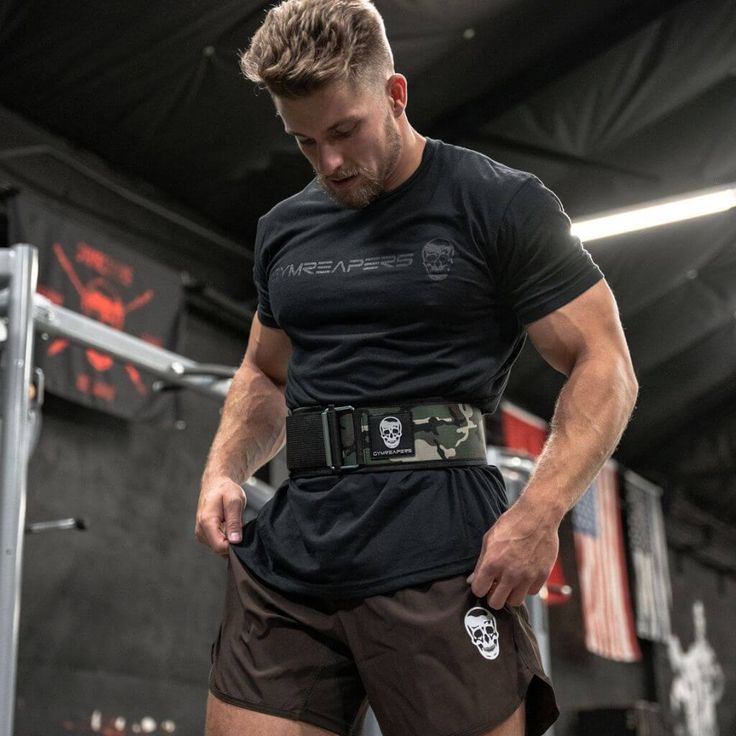
Maximizing Performance and Comfort with Proper Use
Using a weightlifting belt correctly can significantly enhance your performance and comfort during heavy lifts. Key areas to focus on include achieving a snug fit, optimizing core and lumbar support, and integrating the belt into your training sessions effectively.
Securing a Snug, Comfortable Fit for Maximum Support
To benefit fully from your weightlifting belt, ensure it fits snugly around your waist. A properly fitted belt should be tight enough to provide support without restricting your movement.
When putting on the belt, make sure it sits just above your hips and allows for a full range of motion.
Check the fit during your warm-up. If it feels too loose or too tight, adjust accordingly. Remember that a secure fit enhances core stability, helping you lift heavier weights safely.
Optimizing Core Stability and Lumbar Support
The primary purpose of a weightlifting belt is to boost your core stability and lumbar support. By increasing intra-abdominal pressure, the belt supports your spine and reduces the load on your back.
When lifting, focus on engaging your core. Take a deep breath, brace your abdomen against the belt, and maintain a neutral spine.
This method creates a solid foundation for lifting. Additionally, using a belt during heavy squats or deadlifts can help prevent injuries by keeping your body aligned correctly.
Incorporating Belts into Your Training Routine
Integrating a weightlifting belt into your training routine can help improve your performance. Use the belt during heavy sets, particularly for compound movements like squats and deadlifts.
Practice using the belt in different parts of your workout sessions. Gradually build your reliance on it, ensuring you can still engage your core without it.
As you progress, alternate between using the belt and lifting without it. This balance helps enhance your core strength, which is vital for a well-rounded workout routine.
